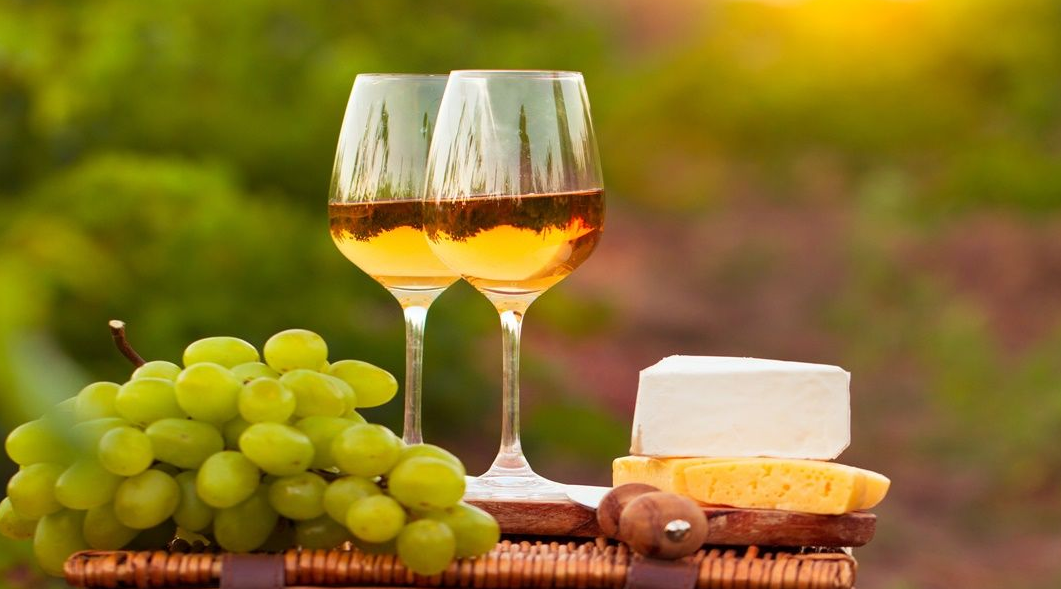For tourists and locals alike, Victorian wineries have a special place in the heart of wine lovers. This elixir has been a part of human history for centuries. To this day, the process of making wine has remained relatively unchanged since it first started.
In Victoria, traditional winemaking remains a thriving industry. A vast succession of vineyards produces high-quality products Let’s explore the fascinating process of making wine in Victoria, from vine to glass.
The Vines
In Victoria, a wide variety of grape varieties are grown, including Shiraz, Chardonnay, Cabernet Sauvignon, and Pinot Noir. The grapes are grown in vineyards that are carefully tended to by seasoned viticulturists. They ensure that the grapes are grown in optimal soil, with the right amount of sunlight and water.
Treatment and Processing
Once the grapes have been harvested, the winemaking process begins. The first step in this process is to crush the grapes, which releases the juice.
This juice is then fermented, which is the process that turns the sugar in the juice into alcohol. Yeast is added to kickstart fermentation, and the temperature is carefully controlled to ensure that it proceeds smoothly.
After fermentation, the wine ages in oak barrels, which impart a unique flavor. The length of time that the wine is aged varies depending on the type of wine that is being made. For example, red wines are typically aged longer than white wines.
The Final Goods
Once the wine has been aged, it is bottled and corked. The bottles are carefully stored in cool, dark cellars, which help to preserve the flavor of the wine. When it is time to drink the wine, the cork is carefully removed from the bottle before pouring.
Quality Control
There are many factors that can affect the taste of wine. The grape variety, the climate in which it was grown, and the winemaking process itself are key players. Wineries in Victoria take great care to ensure that their wines are of the highest quality.
For example, some winemakers use sustainable practices in their vineyards, such as planting cover crops to help retain soil moisture. They also prefer natural pest control. Others may use advanced winemaking techniques, such as micro-oxygenation or cold soaking.
Conclusion
With a focus on quality and sustainability, the Victorian wineries are producing some of the world’s most luxurious vintages. Whether you are a wine lover or simply curious about the winemaking process, Victoria is definitely worth a visit.


